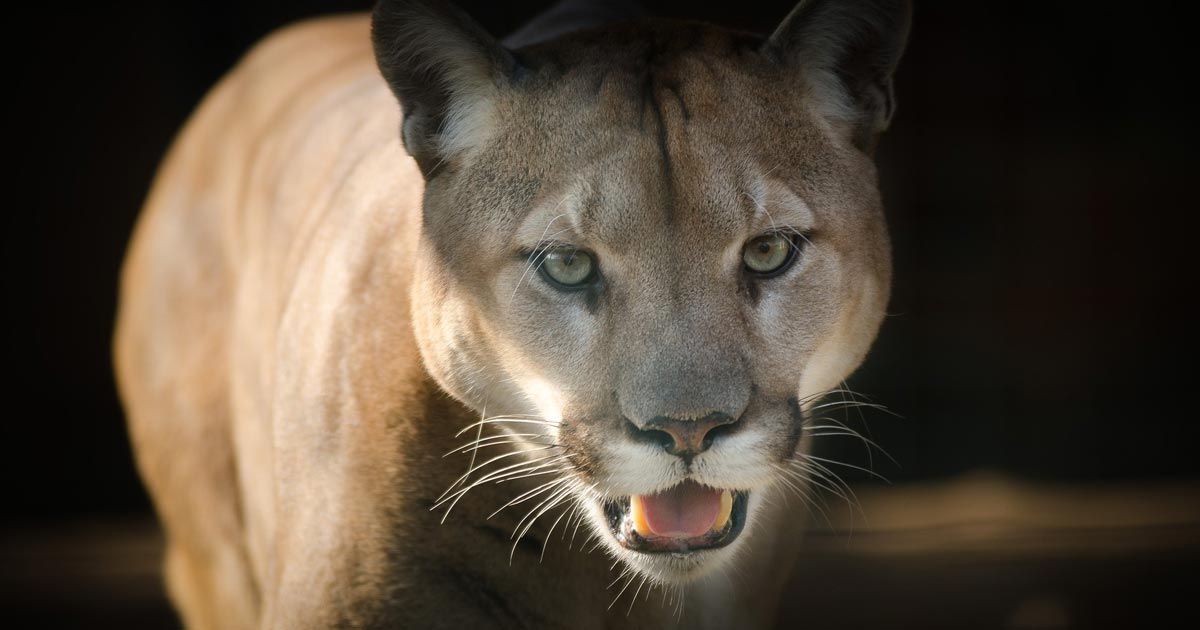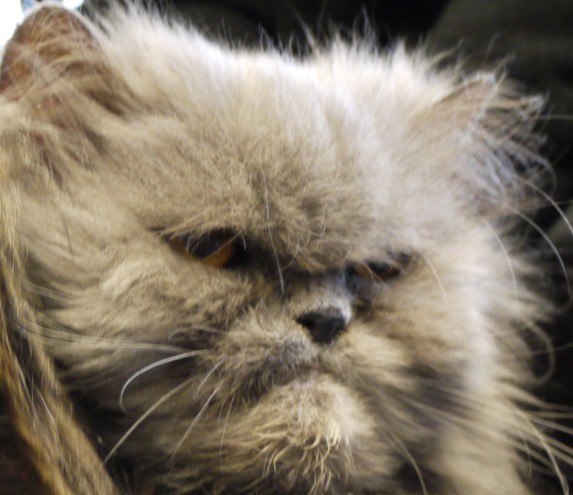Tag: feline
-
It takes balls to neuter
—
by
As graduates, one of the most routine surgeries that we will be expected to be competent at is neutering. As students, when on work experience or EMS, we will have seen at least one of these procedures a day at small or mixed practices… often more. But routine does not necessarily mean easy, simple or…
-
Peripheral neuropathy in diabetic cats
—
by
Peripheral neuropathy is the most common chronic complication of diabetes in cats. This degenerative disorder typically affects the hindlegs, causing weakness, loss of coordination, inability to jump and a plantigrade stance. No specific therapy for peripheral neuropathy in cats is available, but intensive blood glucose control decreases the risk and improves clinical signs in humans.…
-
Role play… at vet school?
—
by
A role play class with professional actors brought in to help out would be commonplace on a course such as drama, and may sound a little odd for veterinary medicine. But is it really? Communication is a vital part of being a vet and can often be the “make or break” factor for client satisfaction.…
-

Planning the RVN/SVN year
—
by
We can start our good intentions now! Let’s make 2014 the year of pre-planning and proactive rather than reactive decisions… promise? To help, here’s a few dates we already know: RCVS diploma exams – written and OSCE [link]. City & Guilds (C&G) and Central Qualifications (CQ) exams are held “in-house”, so you should contact your…
-
The 12 days of Christmas
—
by
Christmas is coming! So, emergency rotas, tinsel FBs and chocolate toxicity all to come! The 12 days of Christmas On the 12th day of Christmas my night shift gave to me: 12 dirty kennels 11 kits for cleaning 10 new clients waiting 9 cats a seizuring 8 lactating bitches 7 swans not swimming 6 egg…
-
Thromboembolism in cats
—
by
Thromboembolism is a severe uncommon complicating condition in hypertrophic cardiomyopathy in cats. It can cause acute pain and various clinical signs, such as loss of function of the hind limbs (most commonly, although other organs or limbs can be affected). Although treatment to break down or remove the clot is available, the high treatment costs…
-
Hypertrophic cardiomyopathy in cats – prognosis
—
by
The prognosis of a cat with hypertrophic cardiomyopathy (HCM) is highly variable. Some cats may develop only mild hypertrophy and suffer little compromise of heart function, while others progress to more severe disease. HCM may worsen quickly over a period of months, or it may progress slowly over several years. Its severity may not change…
-
Use of hydrogen peroxide to flush abscesses
—
by
Hydrogen peroxide (H2O2) is such a strong oxidiser it is highly reactive. Due to its weak disinfectant and antiseptic properties, hydrogen peroxide as a 3% solution was often used to treat cat fight abscesses. However, it has fallen out of favour because it is thought to slow healing by affecting tissue growth through several possible…
-

Ever walked your own puma?
—
by
Over the summer, I spent six weeks volunteering for Inti Wara Yassi in Bolivia. The charity was set up in 1992 and now runs three animal sanctuaries throughout this South American country. The park at which I spent most of my time was Ambue Ari, which is home to over 20 large cats, two species of monkey and…
-

Knowledge is a wonderful thing
—
by
The cat has been sickly this weekend, which is very rare for her. As she ages we have been handling things well. We removed her eye due to chronic ulceration, and she is much more comfortable. She’s also on NSAIDs for her arthritis, and we are hopefully starting acupuncture for this too. However acute vomiting and diarrhoea are…